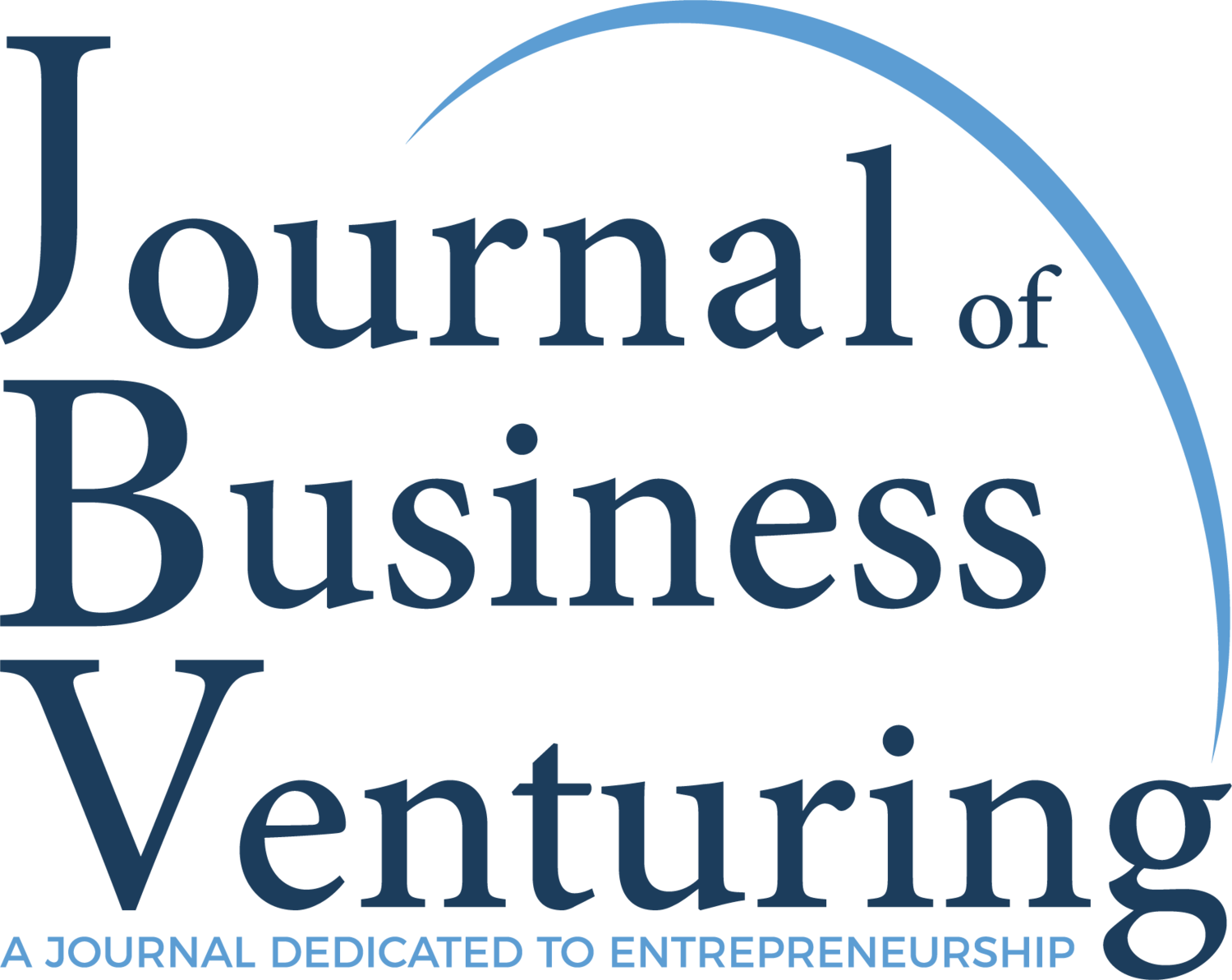Entrepreneur ingratiation rhetoric’s influence on investor decision-making
Research Paper Title:
“Persuasive or polarizing? The influence of entrepreneurs' use of ingratiation rhetoric on investor funding decisions”
Authors:
Paul Sanchez-Ruiz (Depaul University)
Matthew Wood (Baylor University)
Anna Long-Ruboyianes (California State University)
Background:
There is a robust literature on entrepreneurs’ resource-seeking activities, but when it comes to communication, work thus far has mainly been restricted to entrepreneurs’ use narratives, with the content of those narratives either held static or centered on objective elements. As a result, aspects of self-presentation have been sidelined. However, by bringing these aspects forward in this research, the authors find that ingratiation rhetoric can be an influential factor, and they document which forms of ingratiation rhetoric have a positive or negative effect on investor funding allocations, thus improving scholarly understanding of the resource-acquisition landscape.
Methodology:
Sample: entrepreneurs who participated on Shark Tank and their corresponding angel investors for all years the TV program has aired since its inception in 2009 through the latest available year of 2020.
Sample Size: 789 entrepreneur pitch presentations and a panel of 27 angel investors from 2009 to 2020.
Analytical Approach: Two-stage Heckman sample-selection model
Hypothesis:
Hypothesis 1: The greater entrepreneurs’ independent use of (a) flattery rhetoric and (b) self-deprecation rhetoric, the lower the amount of investor funding they receive (supported).
Hypothesis 2: The greater entrepreneurs independent use of (a) opinion conformity rhetoric and (b) self-promotion rhetoric, the higher the amount of investor funding the receive (supported).
Hypothesis 3: The confluence of entrepreneurs use of flattery, self-deprecation, opinion conformity, and self-promotion rhetoric have an overall negative aggregate effect such that the greater entrepreneurs use of ingratiation rhetoric, the lower the amount of investor funding they receive (supported).
Hypothesis 4: Entrepreneur charisma positively moderates the relationship between entrepreneurs use of ingratiation rhetoric and the amount of investor funding they receive such that the negative effect becomes positive in the presence of high charisma (supported).
Hypothesis 5: Entrepreneur performance positively moderates the relationship between entrepreneurs’ use of ingratiation rhetoric and the amount of investor funding they receive such that the negative effect becomes positive in the presence of high performance (supported).
Results:
If an entrepreneur’s use of flattery rhetoric increases by one scale unit, the investor funding amount drops.
If an entrepreneur increases his or her use of self-promotion rhetoric by one scale unit, the investor funding amount increases.
The main effect of the aggregated ingratiation rhetoric construct on investor funding decisions is negative and significant.
When interacted, entrepreneur charisma positively charges the relationship between aggregated ingratiation rhetoric and funding amount.
When interacted, the relationship remains negative in the presence of low entrepreneur performance but is positive in the presence of high entrepreneur performance.
Conclusion:
The authors’ exploration of ingratiation rhetoric as a source of influence on investor funding decisions provides a new and important understanding for entrepreneurship scholars. The researchers hope that future studies will use their conceptualizations and empirical findings to further explore the role and impact of ingratiation rhetoric and other aspects of self-presentation to better map the landscape of entrepreneurial funding.


